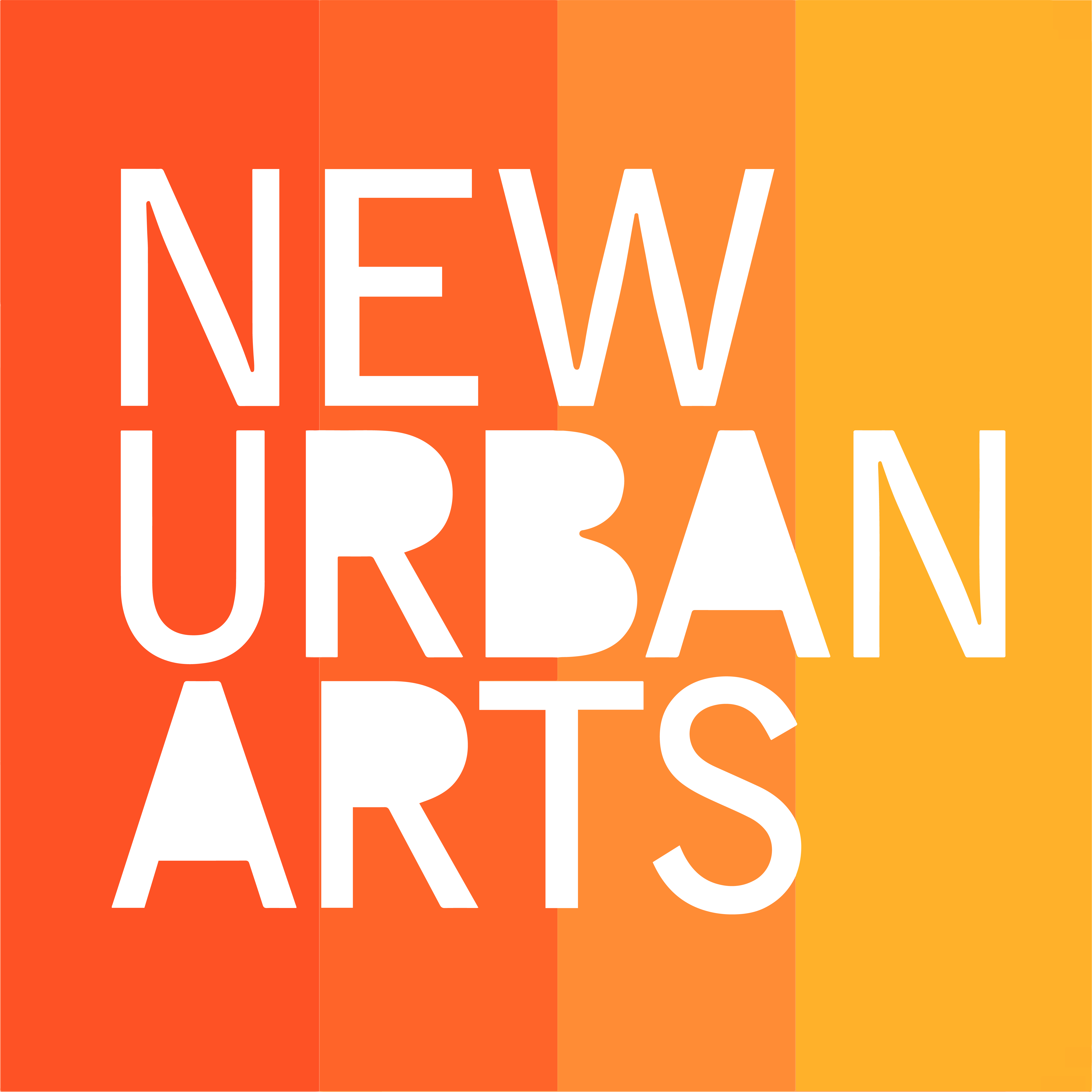Written by Emily Ustach for Youth Today Opinions
February 6, 2019
“I wish I had a place like this in high school.”
That’s the most common phrase after an adult gets a tour of New Urban Arts. When you walk into the community art studio, you are in a wide open space filled with tables, art supplies, a collection of art books, computers with design and music software, a soundproof recording studio stocked with various instruments, a collection of sewing machines and dress forms, screen-printing facilities and a darkroom.
The studio is staffed by artists, available to help students learn how to use the materials and tools and provide support and inspiration. The studio is literally buzzing with high school students. It doesn’t cost any money to attend, and youth can participate when it best works for their schedule, as often or as infrequently as they like. The only qualification is they have to be in high school.
New Urban Arts is a free, after-school art studio for high school students in Providence, R.I. In 2016-17, we enrolled more than 500 students, with an average daily attendance of 70 students, and 142 attending 30 days or more. We have no attendance requirements. Students come because they want to be there. This model of no attendance requirements, and a curriculum dictated and driven by each student and their interests, is the antithesis of what funders want and require in after-school programs. However, with 20-plus years of providing high school programming, this is what we know to work specifically for older youth.
Out-of-school time programs for high school students need to be designed by and for them As practitioners, we need to reimagine what successful programming can look like. New Urban Arts is one potential model. In Rhode Island, the number of high school programs funded through 21st Century Community Learning Centers funds is significantly lower than those for elementary and middle school. Other states have completely eliminated funding for high school programs because the number of high school-aged students participating is so low.
STAFF MUST BE DISCIPLINED TO PROVIDE FREEDOM
At New Urban Arts, high school students want to be there; they are eager and desperate for a space that is designed for them and their developmental needs. A program and organization that doesn’t tell them what to do and how to do it, but instead one that greets them, lets them know they are welcome and makes resources available to them to discover and learn at their own discretion and direction.
I want to be clear: In order to create a space that, from a young person’s perspective, is flexible, free-form and variable, it takes a remarkable amount of structure, planning, rigor and fidelity on the part of staff. In other words, New Urban Arts doesn’t just open our doors. We are deliberate in ensuring that the adults in the studio are structured and trained so that students can have the freedom to explore.
What this looks like is an intensive, two-day orientation training for our volunteer artist mentors at the start of each year, monthly meetings and a full day midyear retreat. We focus on grounding our work with youth in inquiry: The adults in the studio use questions to help young people discover who they are and work through challenges on their own. We spend time becoming comfortable with the phrase “I don’t know,” and setting expectations with our artist mentors to ensure that they show up on time, ready to greet each and every student who walks through the door. If they can’t be there, they must not only tell the staff, but also let students they are working with know ahead of time.
It is easy for adults to view the open-door nature of our studio as an excuse to be more flexible themselves. However, consistency on the part of staff and mentors provides both physical and emotional safety and security that allow young people to take educational risks, or try something new, to make mistakes and learn from them without fear of consequences.
Out-of-school time offers so many opportunities to engage students, to connect them with content and learning that breaks out of the confines of the traditional school day. Can we rethink how to engage and inspire high school-aged students at a crucial time in their lives? A time when they are eager for independence — but don’t really know what that means for them or what it looks like. They are craving experiences that feel new and exciting. They want control but are unsure about what that means.
This should be an opportunity for out-of-school time. Instead funding for high school programs is harder to find. Programs struggle to meet attendance targets because they are following the model for elementary and middle school. I want to start a conversation about high school programming that supports self-directed learning and discovery where students provide the content and structure is applied to the adults in order to provide a safe, welcoming and rigorous learning environment. Who wants to join me?
Emily Ustach is the director of programs for New Urban Arts, and a 2017-19 National Afterschool Matters Fellow.

